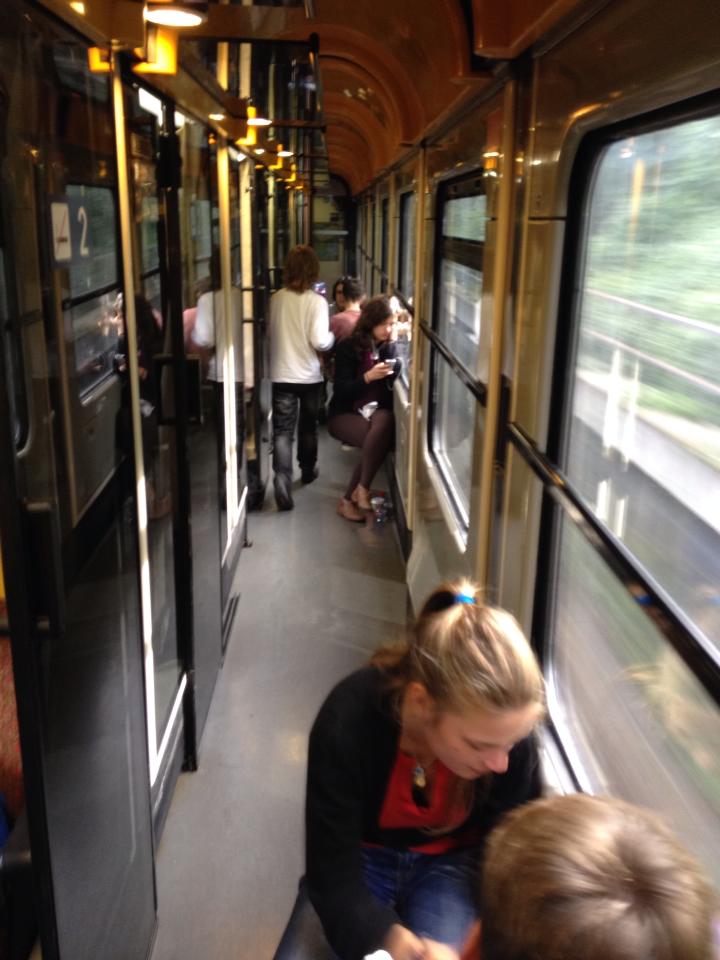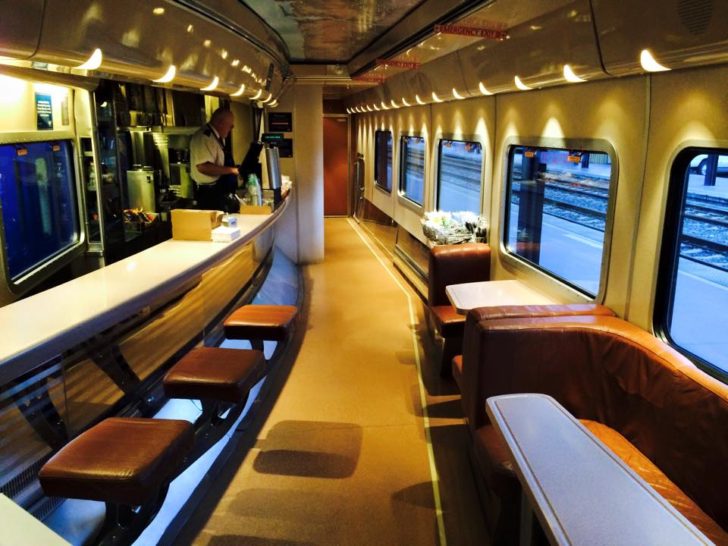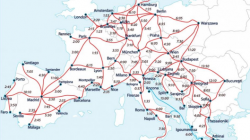I already wrote an article on the various train systems across Europe and when it’s feasible to take the train vs. fly to your next destinations. In today’s post, I’ll continue with the summer guide to Europe and discuss what to do if you take my advice to travel by train.
Feel free to refresh yourself with the other articles in the series:
- Status (Kind of) Matters: Consider a Status Match before Going to Europe
- Visit Europe with One-Way Awards on Different Alliances
- Travel Within Europe by Train, Road, and Air
- Know the Partner Airlines when Searching for Award Travel to Europe
- How to Rent a Scooter Abroad
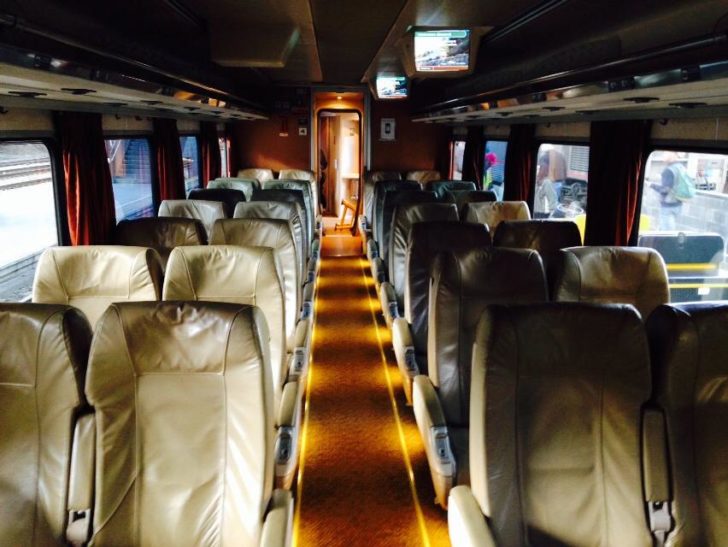
Buying a Ticket
First, you have to go about buying a ticket. Typically tickets purchased in advance online will save you money. You can also go to the train station a few days before your trip and buy a ticket in person.
If neither of these options work with your schedule, tickets are usually sold right up to departure. Jutraoist ask the attendant at the ticket window for travel to the city you’re going to and they’ll calculate the cost. Confirm the class you want to travel in, but in most cases first class is not worth the premium over a coach ticket.
You can also sometimes save money by buying one ticket to a border town (pricing it as domestic) and then a continuing ticket from there to your destination in the next country, but this is getting fancy and may not be worth the trouble.
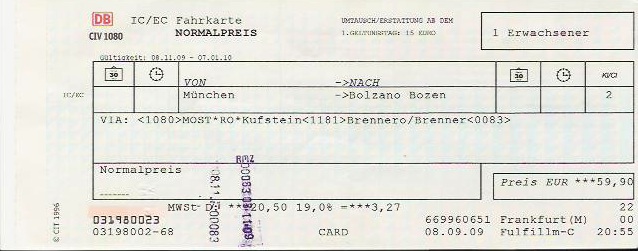
Most train systems have youth discounts, usually up to age 26, and senior discounts that may be able to save you money if you inquire.
Be sure your ticket is valid during the right time. Some are only valid during commuter hours, others are only valid outside of them. Some train systems like Deutsch Bahn (DB) in Germany and RENFE in Spain require a reserved seat. If it’s not already included in the ticket price, this often costs just a few a few extra euros; it’s almost always worth it, saving you the hassle of trying to wrangle an unassigned seat.
Many Cities Have MULTIPLE Train Stations
When you buy your ticket, be sure to note what station it leaves from. Most major cities in Europe have several train stations, and the one you bought your ticket from a few days prior may not be where your train is departing. (Just one example: Wikipedia lists dozens of stations in London. Twenty of them have annual passenger travel over 10 million.) Stations typically serve destinations in the general direction they are from the city center, but this is not always the case. So if you’re heading east, your train station will likely be on the east side of town, but not always.
Most train stations are well connected with public transit or a short taxi ride from the city center. You typically don’t have to arrive until 20 minutes before your train departs. (You could feasibly arrive mere minutes before departure, but give yourself time to navigate the station without rushing.)
Learn to Read a Timetable
If you have a mobile data plan, seat61.com or rome2rio.com can be helpful. If not, you may have to consult the timetables present in nearly every train station. Unlike an airline ticket, you can usually catch a different train, and timetables can useful to find a more direct train or one departing earlier to your destination. Just check with a conductor before departing to make sure your ticket will be valid.
Find Your Platform
Once at the station, your train’s platform will only be announced 30 minutes prior to departure to prevent congestion. You’ll often see people staring at the monitors in the central lobby waiting for their platform to be listed.
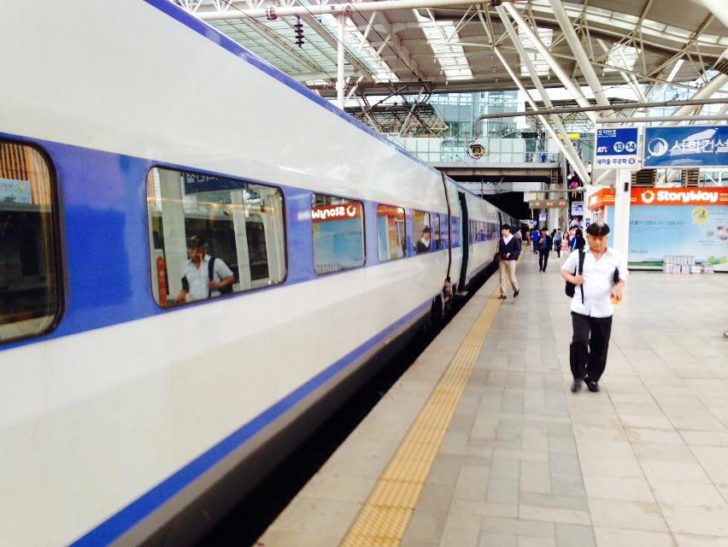
Trains themselves are numbered, like flights, and they list most if not all of the stops they’ll be making (unless it’s a commuter train). Check your ticket and departure time against the train number to be doubly sure that you’re on the right one. There may be multiple trains going to your destination, and they may have different tickets or classes of service.
Carriage Numbers: 1st and 2nd Class
If your station is a terminus, the train will be waiting there and you can hop on early. Feel free to bring food on board as options can be limited in the snack car, particularly on commuter routes. There will be a whistle from the conductor when the train is about to depart (typically in about 10-15 seconds). Do not try to run and catch a train like in the movies! It’s extremely dangerous, and there’s always the next one.
If your train is simply passing through, check to see if your ticket has a car number and find it. If not, and you just see “1” and “2” on a number of cars, those denote the class of service, usually with a dining car in between. Make sure you grab a seat in the right class. 3rd class is far less common in Europe; I’ve only seen it in parts of Central and East Asia.
Unless the conductor announces an extended stop, or the train pulls in early to a station, do not hop off and try to grab snacks or use the restroom. Most non-terminus stops are only a minute or two. It’s very unlikely you’ll make it back on the train, and it will leave without you.
If you are really pressed for time and don’t have a ticket, just hop on the train. As it gets going, find the conductor and simply ask to purchase a ticket directly from them. It will be a full fare ticket, but in many parts of Europe, this isn’t actually that expensive and may save you waiting several hours at an outstation or forcing an unexpected overnight.
Your Seat Assignment
If you have a seat assignment, simply find the right car and seat number. There is space at the end of each car for larger bags and space overhead for smaller ones.
If you don’t have a seat assignment, it’s more tricky but not impossible to find a seat. To avoid awkwardness, look at various seats that are empty. If there is a tag above it or the LEDs are lit with a name, someone has reserved it, but hope is not lost. Often the slip or LED has a set of two cities, as well — this is the itinerary of the person who reserved it, which means the seat is actually empty outside of those cities and free for you to sit in.
Most people onboard never seem to understand this and will start to do silly things like sit on the floor when there are plenty of seats that are only reserved for part of the journey.
The Dining Car Is Your Secret to a Great Trip
The best kept secret — and my favorite way to travel by train — is to stake out a good place in the dining car, if there is one. As long as you casually snack (get a cheese plate and a coffee or beer), you can stay as long as you like, though be courteous if there are people waiting to sit. Visit this website to book the best luxury train trips.
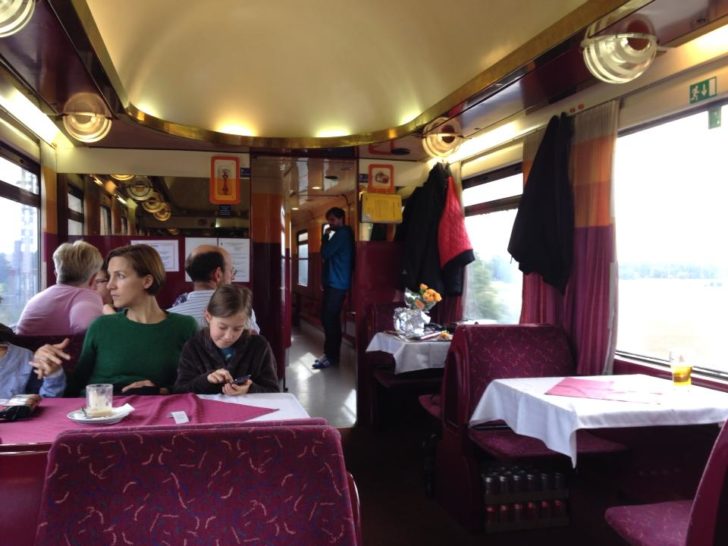
It’s a great way to meet other travelers since the porter will often ask if they can seat you together with another couple or solo traveler. You can always leave and return to your seat if they end up being crazy, but they usually have great stories to tell.
Clearing Customs
Though far less common in the EU since creation of the Schengen Area, you may have to pass through customs while on the train. This can be a bit tedious. The train will stop in the middle of nowhere, and customs agents will board and stamp you out of one country and into the next.
The train will be sealed, nobody allowed on or off, and they may prevent bathroom access, so keep your passport handy and be prepared to wait it out. Bring a book because the train can likely be delayed due to missing customs agents on those journeys.
Sleeper Cars: What They Are and What They Aren’t
Finally, we’ll cover the sleeper cars — what they are and what they are not. Overnight trains usually separate into two main classes of tickets, seats and sleepers. Seats are just that, simply a seat overnight. It’s as uncomfortable as it sounds.
So if it’s an option, buy up to a sleeper. The most basic form is a couchette. These are often 4 or 6 bunks in a cabin, with a very basic amount of bedding. Couples can often buy a first class sleeper that offers a private cabin with two bed spaces and a little more room.
Most trains do not have showers or potable water, and the bathrooms can get a little gross on overnight journeys, so bring or buy bottled water before the dining car closes if you want to brush your teeth and stay hydrated. Sleeper cars can be a great way to save money over a hotel room, though keep in mind you won’t see much of the countryside at night. Night trains are also often some of the slowest, so it may still pay to fly to make better use of your time.
Conclusion
Trains are a great way to travel, so it’s not surprising they have many diehard fans and communities similar to Flyertalk. I hope this guide provides a good primer on their ins and outs.
Let me know if you have additional tips to make the journey more comfortable, economical and pleasant. (And an easter egg for you train buffs out there — What countries are the pictures from?)


